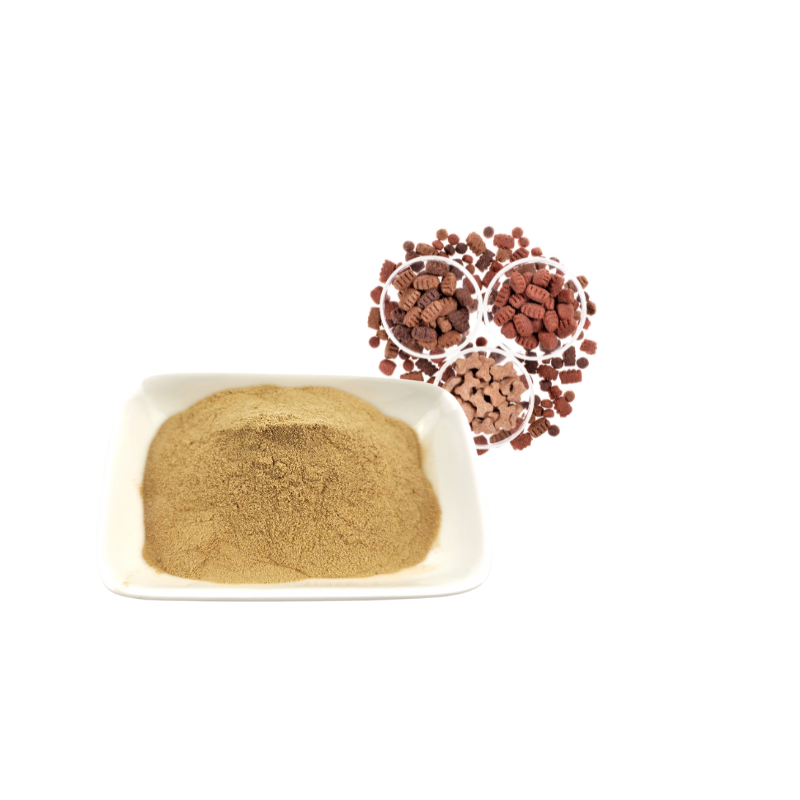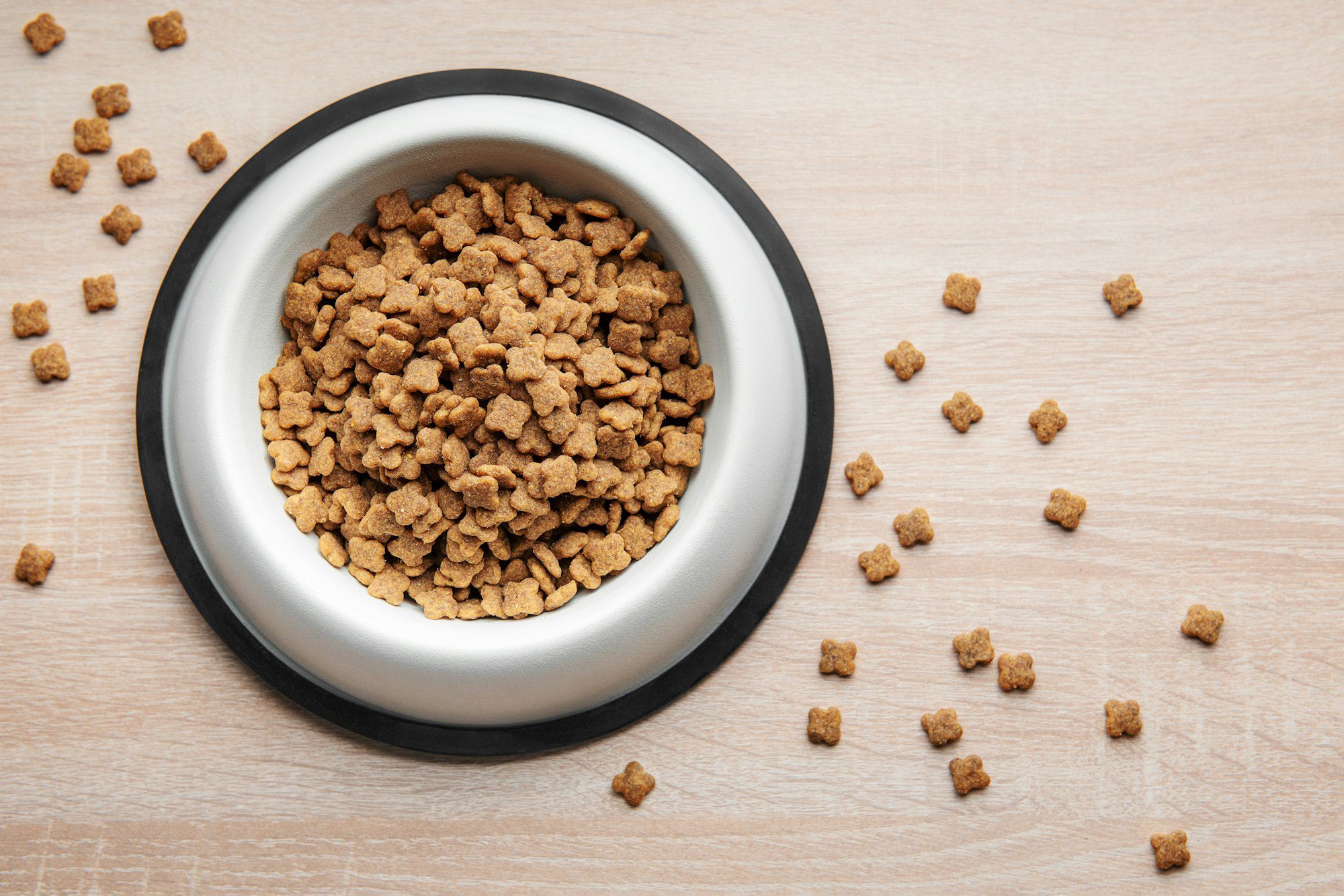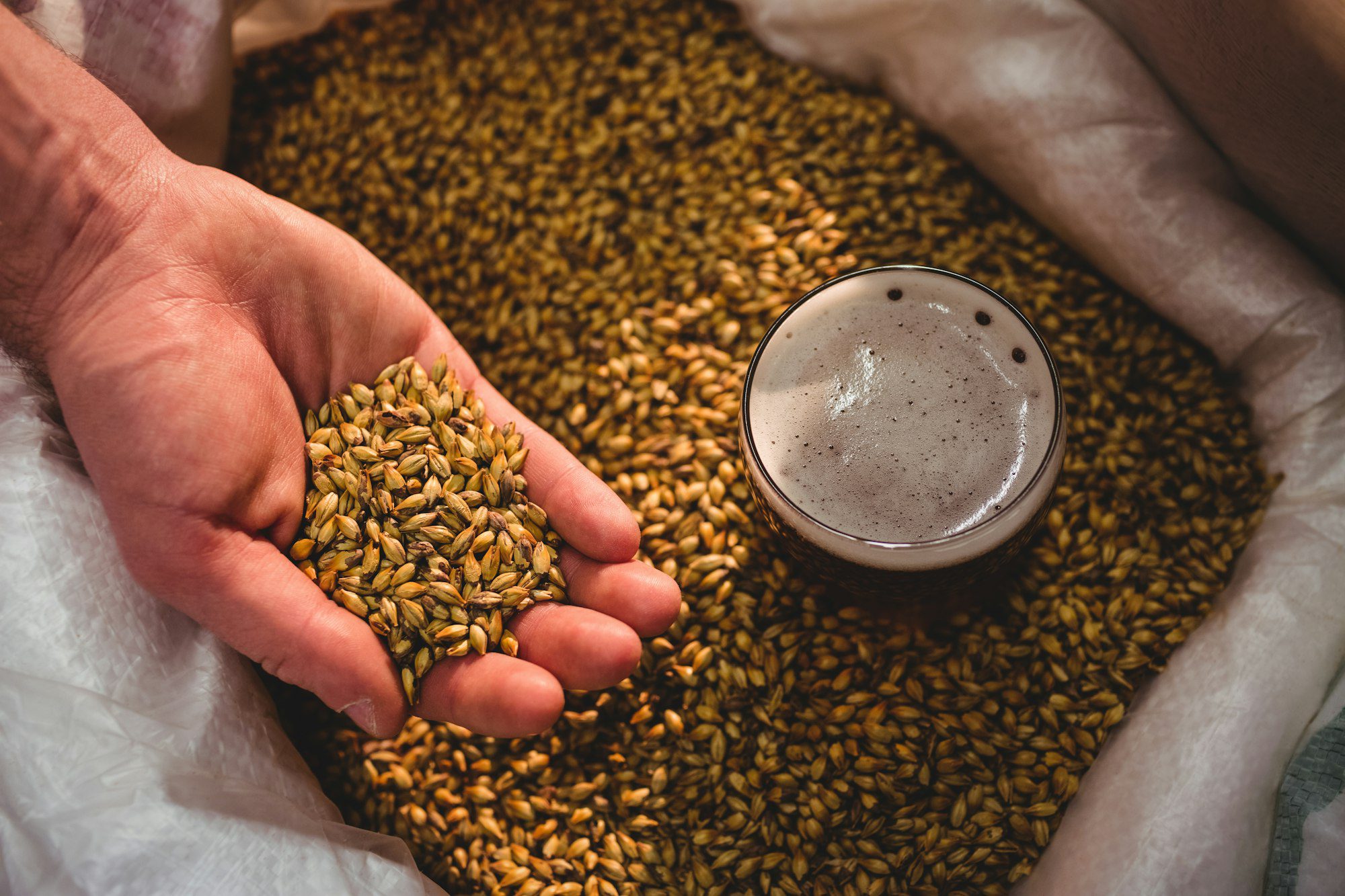Pet owners are increasingly focused on the quality and taste of the food they provide for their furry companions. A significant factor driving this trend is the role of pet food palatants—flavor enhancers that make pet food more appealing. This blog will explore the purpose, types, benefits, and industry trends of pet food palatants, providing a comprehensive guide for pet food manufacturers and wholesalers.
What Are Pet Food Palatants?
Pet food palatants are natural or synthetic additives designed to improve the taste and aroma of pet food, ensuring that pets find their meals irresistible. These enhancers can be applied to both dry and wet food during the production process, significantly impacting a pet’s willingness to eat.

Key Characteristics of Palatants:
- Flavor Enhancers: Improve taste through meaty, fishy, or plant-based profiles.
- Aroma Boosters: Enhance smell, a critical factor for pet appetite.
- Nutrient Delivery: Include components that complement the nutritional profile of the food.
Types of Pet Food Palatants
Palatants are available in various forms, catering to the diverse needs of pets and preferences of pet owners:
1. Animal-Based Palatants
Derived from real meat, fish, or poultry, these palatants offer authentic flavors and aromas. Popular choices include hydrolyzed chicken liver, fish meal, and beef fat.
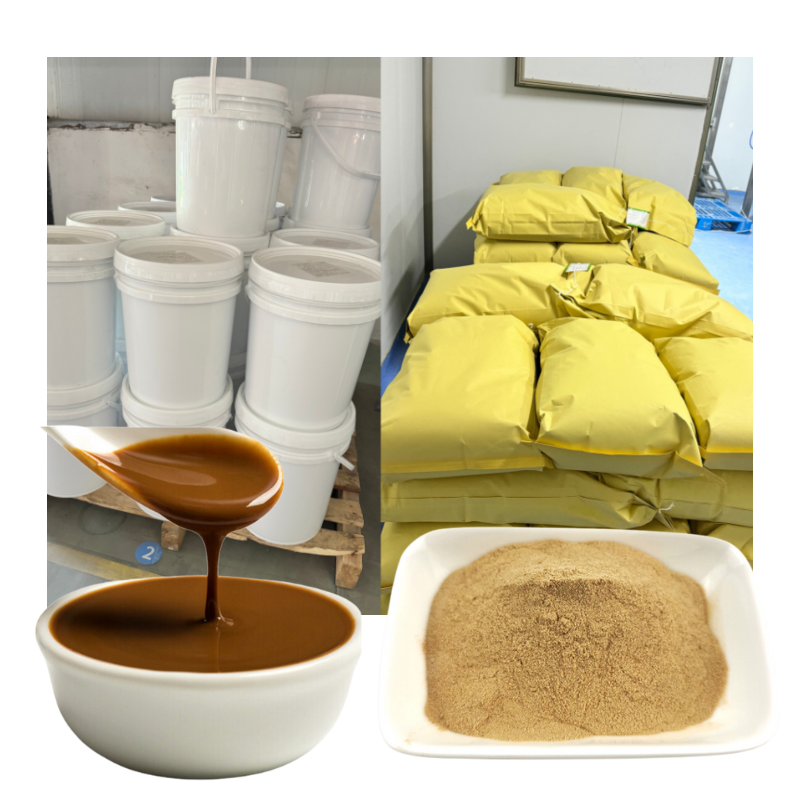
2. Plant-Based Palatants
With the rise of plant-based diets, manufacturers now use vegetable oils, yeast extracts, and natural herbs to appeal to vegan pet owners or pets with protein sensitivities.
3. Functional Palatants
These include added vitamins, probiotics, or omega-3s to combine flavor enhancement with health benefits.
4. Synthetic Palatants
Cost-effective options that mimic natural flavors through artificial additives, often used in economy pet food ranges.

Benefits of Pet Food Palatants
1. Increased Consumption
Palatants enhance the taste and aroma, encouraging pets to eat their food, which is especially helpful for picky eaters or pets with reduced appetites.
2. Improved Nutrition
By making food more appealing, palatants ensure that pets receive adequate nutrients from their meals.
3. Customization for Specific Diets
Palatants allow for tailored solutions, such as low-fat or hypoallergenic diets, without compromising on taste.

4. Enhanced Shelf Appeal
For manufacturers, palatants improve product differentiation and customer satisfaction, fostering brand loyalty.
How Are Palatants Used in Pet Food Production?
The application of palatants involves strategic incorporation during manufacturing to achieve optimal results:
- Dry Food: Palatants are often sprayed onto kibble post-extrusion for even coating.
- Wet Food: Mixed directly into the formula to ensure consistency and flavor distribution.
- Treats: Applied during the shaping and baking process for maximum impact.
Manufacturers often conduct palatability trials—using pet feeding tests—to measure the effectiveness of a palatant in attracting pets.

Emerging Trends in Pet Food Palatants
The pet food industry is evolving rapidly, and palatants are keeping pace with emerging trends:
1. Clean Label Palatants
Pet owners now prefer products with transparent ingredient lists, driving demand for natural and sustainably sourced palatants.
2. Health-Driven Enhancements
Functional palatants that incorporate probiotics, antioxidants, or immune-boosting ingredients are gaining traction.
3. Customization and Regional Preferences
Brands are tailoring flavors based on local pet preferences, such as chicken in Asia or lamb in Europe.
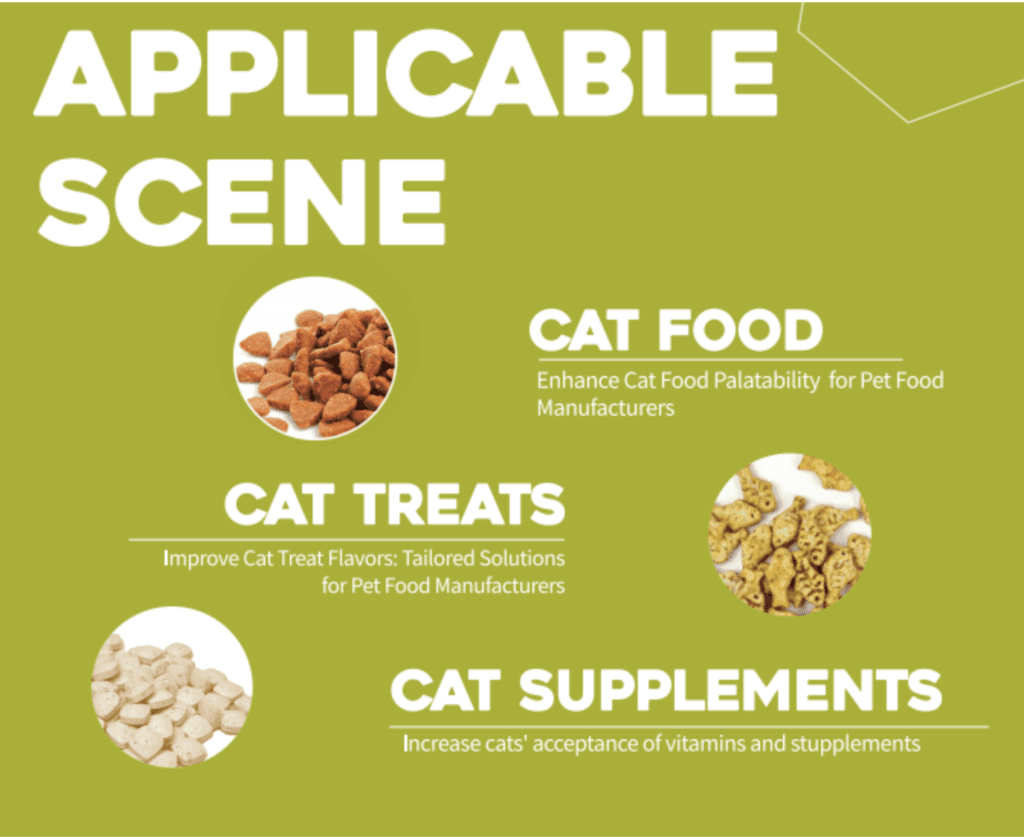
4. Sustainable and Ethical Sourcing
The industry is embracing environmentally friendly palatants, using upcycled by-products or plant-based alternatives.
Challenges in the Pet Food Palatant Industry
Despite its benefits, the use of palatants comes with challenges:
- Cost Management: High-quality natural palatants can be expensive.
- Allergen Concerns: Ingredients in some palatants may trigger sensitivities in pets.
- Regulatory Compliance: Ensuring palatants meet safety and quality standards globally is crucial.

Why Pet Food Manufacturers Should Invest in High-Quality Palatants
For pet food manufacturers, investing in premium palatants is a strategic decision. Not only do they boost sales by enhancing product appeal, but they also contribute to the health and satisfaction of pets, fostering trust and loyalty among pet owners.
Key Considerations for Manufacturers:
- Choose palatants that align with your brand’s values (e.g., natural, sustainable).
- Partner with reputable suppliers who meet international safety standards.
- Conduct palatability trials to ensure effectiveness and consumer satisfaction.
Explore Top-Quality Palatants with ProfyPet
At ProfyPet, we specialize in developing high-quality pet food palatants tailored for dry, wet, and treat applications. Our solutions are backed by research, ensuring optimal palatability and nutritional balance. Whether you’re a pet food manufacturer or a wholesaler, our palatants are designed to elevate your product offerings.
Discover more at ProfyPet.com.





